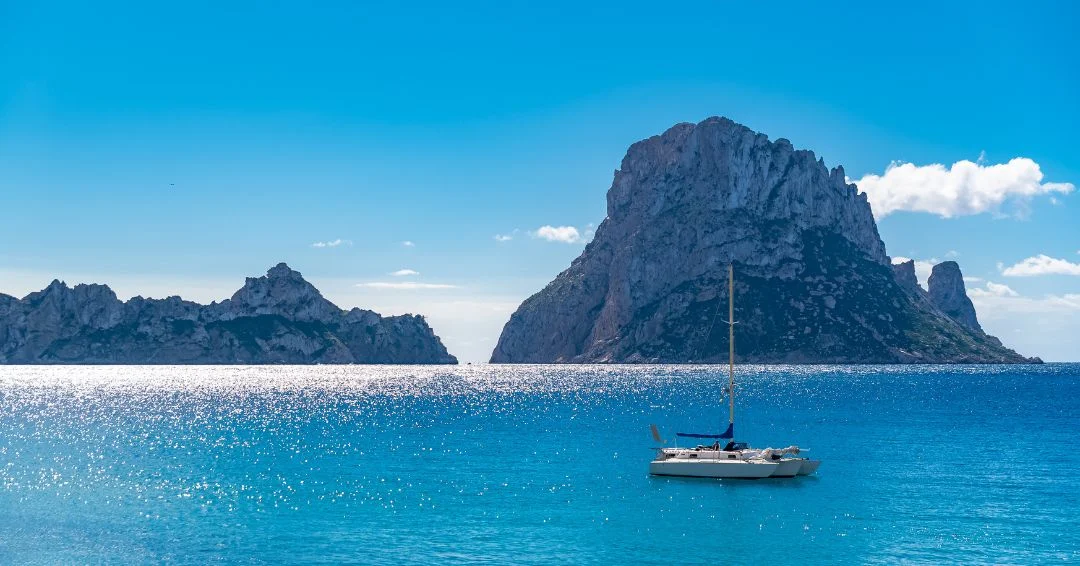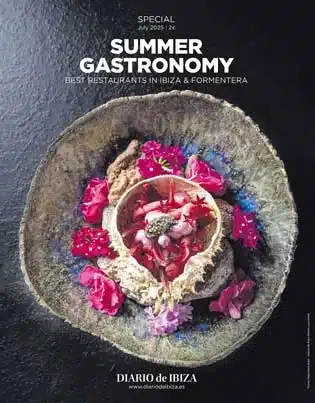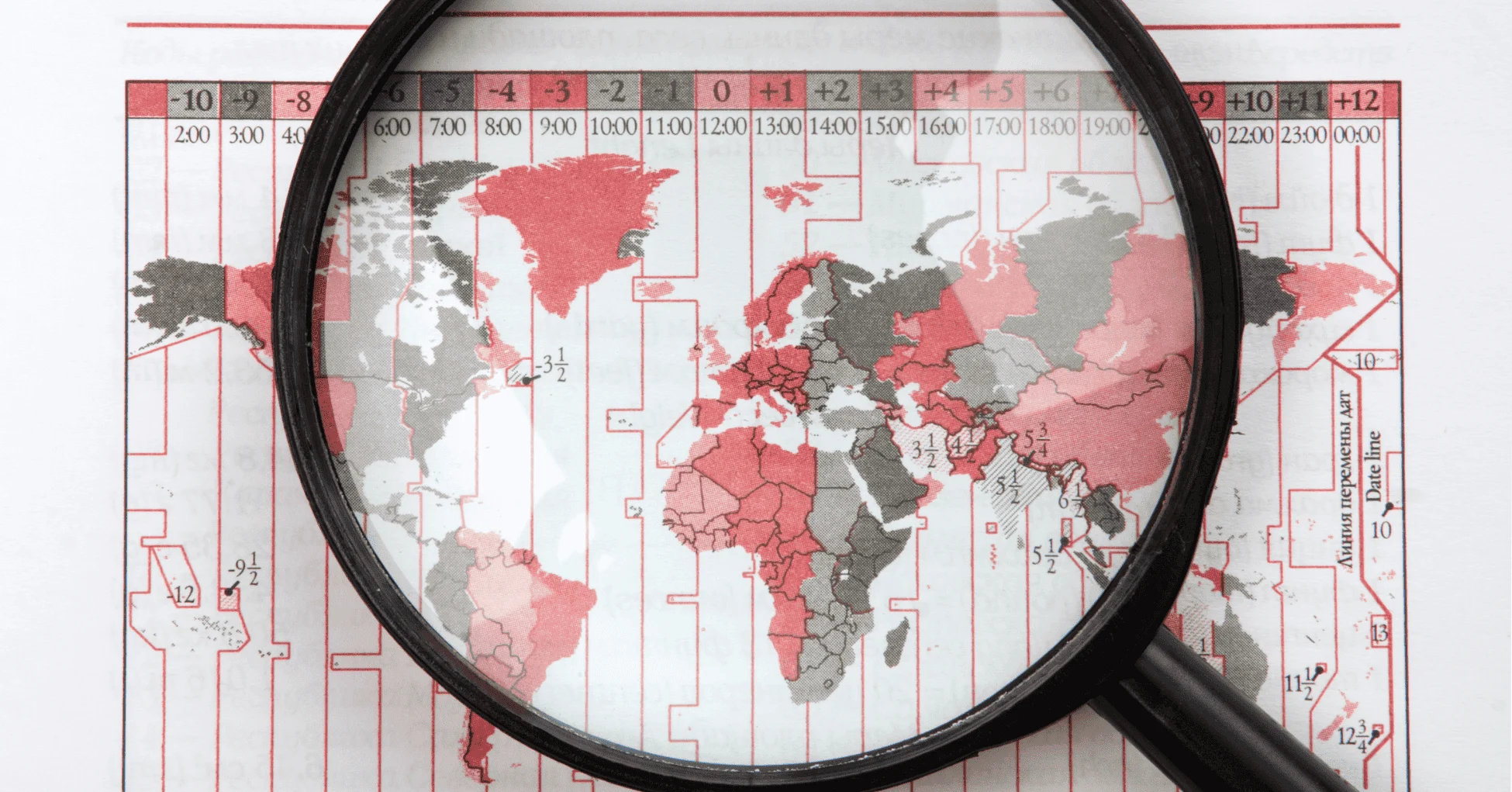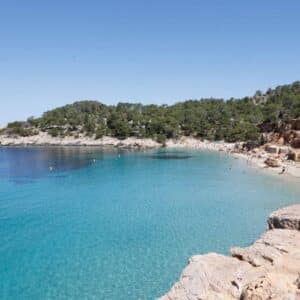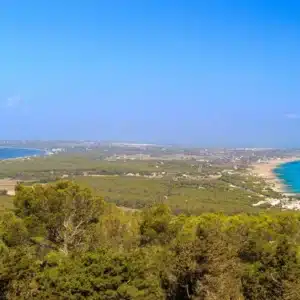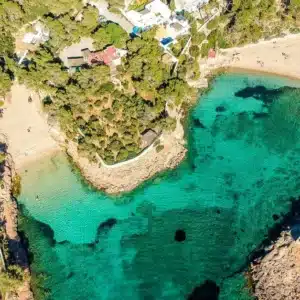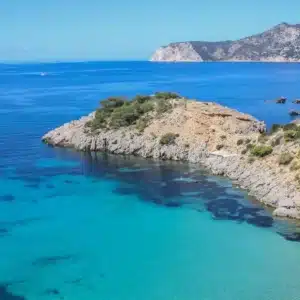Ibiza, an island renowned worldwide for its electrifying nightlife and breathtaking beaches, holds much more within its shores than many realise. Beyond the glitz, it’s a place of myths, natural wonders, unique traditions, and rich history. These lesser-known aspects make Ibiza truly remarkable, captivating visitors who delve deeper into its roots.
Here are five fascinating facts that reveal a different, enchanting side to the White Isle.
1. Ibiza’s mysterious magnetic field
Located off Ibiza’s southwest coast, Es Vedrà is one of the island’s most iconic natural wonders. This limestone rock formation, towering over 400 metres above sea level, is not only breathtaking but is also said to possess a powerful magnetic field. Es Vedrà is reputed to be one of the most magnetic spots on Earth, along with the Bermuda Triangle and the North Pole. Locals and mystics believe this unique geological feature causes compasses to malfunction, and some even claim it interferes with radio signals.
The magnetic energy around Es Vedrà has inspired countless myths and legends. It’s often linked with ancient stories of Atlantis, as some suggest the lost city lies hidden beneath its waters. Others believe it’s a landing site for extraterrestrials, further adding to its allure as a mystical, otherworldly place. Whether or not you’re inclined to believe in these theories, Es Vedrà offers a magical experience that’s both humbling and awe-inspiring. Many visitors venture to nearby beaches and viewpoints to watch the sunset over Es Vedrà, an unforgettable experience heightened by the rock’s enigmatic aura.
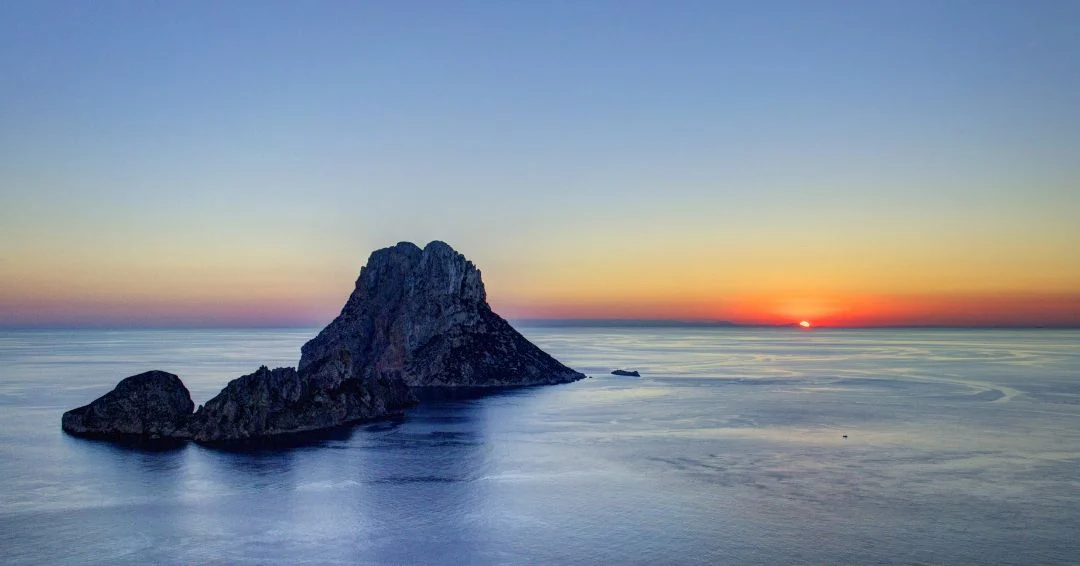
2. Ibiza’s unique language and cultural heritage
The island is part of the Balearic Islands, and although Spanish is the official language, the island has its own local dialect known as ‘Ibicenco’ or ‘Eivissenc’, a form of Catalan. Ibicenco is an essential part of the island’s cultural heritage, deeply rooted in local traditions, folklore, and daily life. This dialect is more than just a language – it embodies Ibiza’s identity and connects its people to their ancestral roots.
Local initiatives work to preserve Ibicenco, especially as the island’s cosmopolitan growth threatens to overshadow it. You can still hear Ibicenco during traditional festivals like Eivissa Medieval or Festes de la Terra, where ancient songs, dances, and customs come alive. For visitors, experiencing the local language and customs offers a deeper connection to the island, enhancing an understanding of its unique culture beyond the more modern and international influences that Ibiza is often known for.
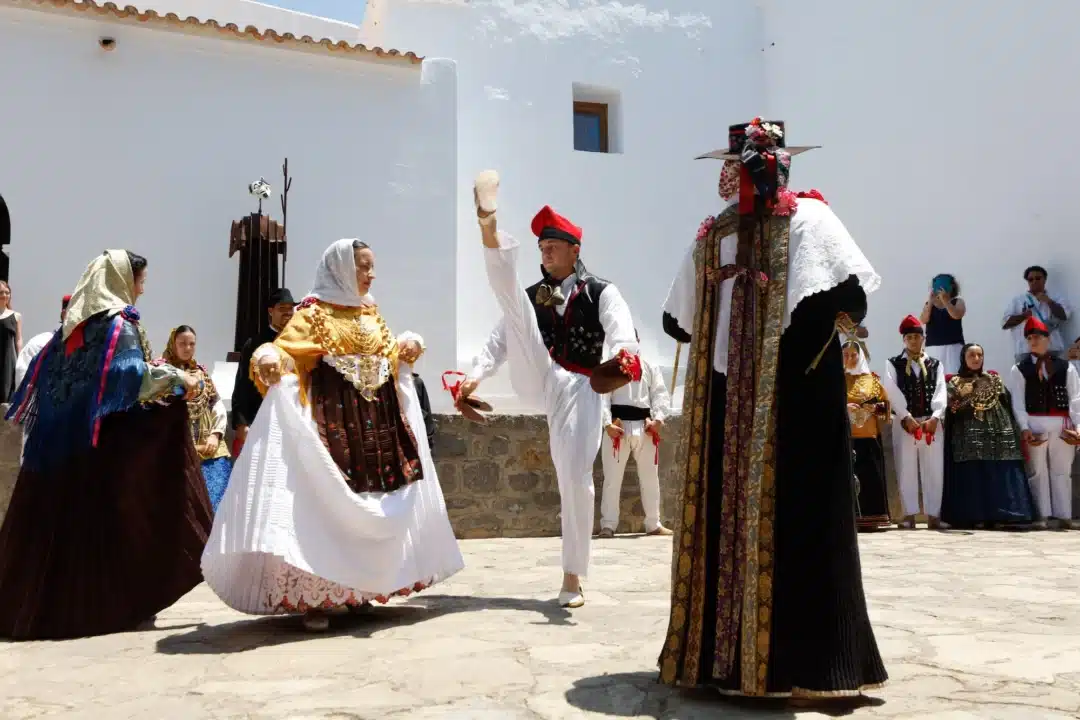
3. The island’s ancient salt pans
Salt has played a crucial role in Ibiza’s history for thousands of years. The salt pans at ses Salines, located in the island’s southern region, were established over 2,700 years ago by the Phoenicians. They recognised Ibiza’s favourable climate and geography, which provided perfect conditions for salt production. Salt was considered ‘white gold’ in ancient times, prized for its preservation qualities, and it became one of Ibiza’s primary exports, bolstering the island’s economy and trade connections across the Mediterranean.
Today, the salt flats of ses Salines remain operational, producing high-quality sea salt valued in gourmet cuisine worldwide. The salt flats are not only historically significant but also environmentally vital. They form part of a protected natural park, providing a sanctuary for migratory birds, including flamingos. Visiting ses Salines, especially during the warmer months, offers a unique view of Ibiza’s historical landscape, with shimmering salt fields under the Mediterranean sun creating a surreal, picturesque sight.
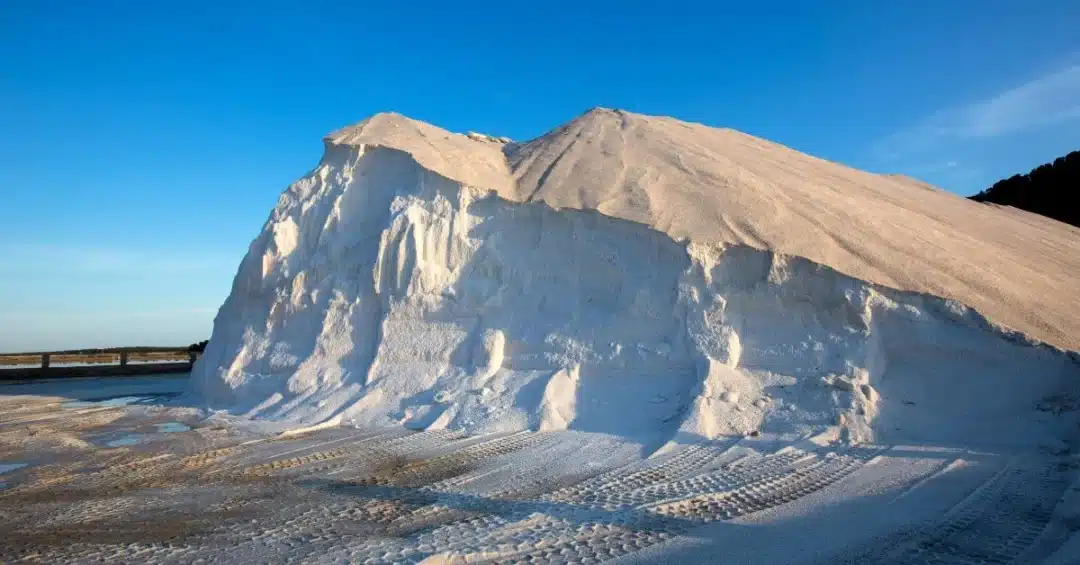
4. The birthplace of the Flower Power movement
In the 1960s, Ibiza attracted a wave of artists, free spirits, and bohemians from around the globe, transforming the island into a haven of freedom, peace, and creativity. This influx of counterculture icons gave rise to Ibiza’s ‘Flower Power’ movement, embracing ideals of love, self-expression, and harmony with nature. This cultural shift deeply influenced the island’s atmosphere, blending with its vibrant nightlife and artistic landscape to create a unique cultural identity.
The legacy of the Flower Power era still thrives today, particularly through the annual Flower Power parties at Pacha Ibiza. These events are a nostalgic celebration of the 60s spirit, complete with psychedelic decor, retro costumes, and iconic music from the era. Flower Power parties attract locals and visitors alike, keeping the spirit of Ibiza’s hippie movement alive and honouring the island’s reputation as a sanctuary for free expression and artistic liberation.
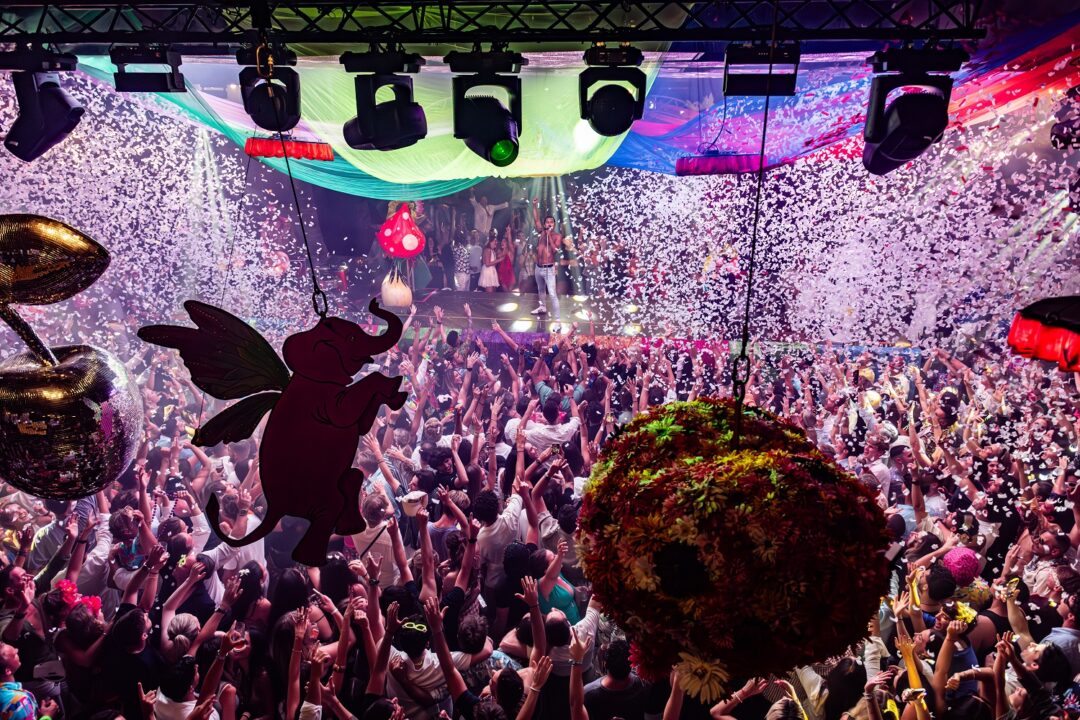
5. A UNESCO World Heritage Site for biodiversity and culture
Ibiza isn’t just a party paradise – it’s a UNESCO World Heritage site, recognised for its biodiversity and cultural significance. The designation highlights two main aspects: the underwater meadows of Posidonia oceanica and the historic Dalt Vila fortress. Posidonia oceanica, an underwater plant found exclusively in the Mediterranean, is essential to the region’s ecosystem, producing oxygen and maintaining water clarity. The seagrass meadows near Ibiza’s coast are among the most extensive and oldest on the planet, some dating back over 100,000 years, and are crucial to sustaining the island’s marine life.
Equally impressive is Dalt Vila, the ancient fortress in Ibiza Town. Perched on a hill, this fortified area showcases a blend of Phoenician, Roman, and Moorish influences. Walking through its cobbled streets and historic walls offers a glimpse into the island’s layered past. Dalt Vila’s impressive architecture, with its cathedral, drawbridges, and bastions, makes it a must-visit for history enthusiasts and curious travellers alike.
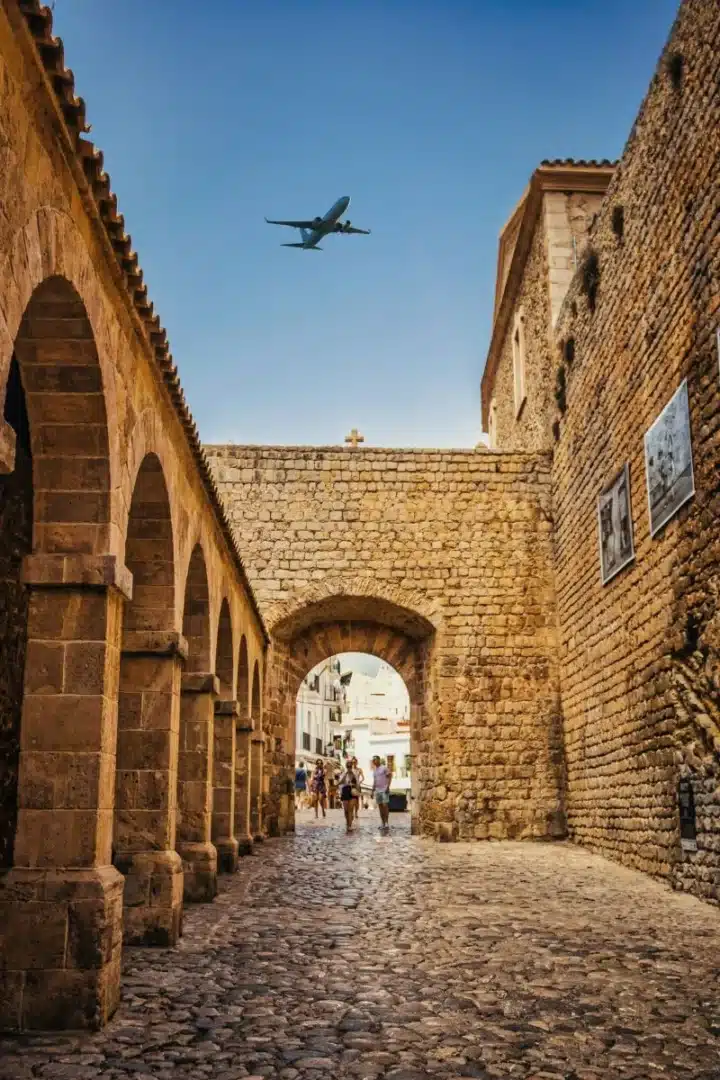
Ibiza’s essence goes far beyond its sun-kissed beaches and famous clubs. This island holds a wealth of natural, cultural, and historical treasures that tell stories of its ancient past and unique identity. By exploring its mysterious magnetic field, ancient salt pans, local language, Flower Power history, and UNESCO status, you’ll uncover a side of Ibiza that’s as rich as it is fascinating. So next time you visit, dive a little deeper into the heart of this Mediterranean gem – you might just find yourself captivated by the wonders of the White Isle.
